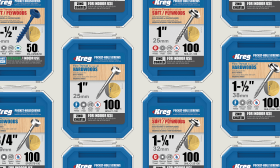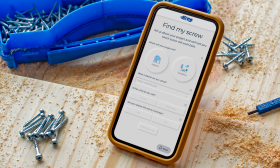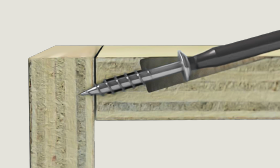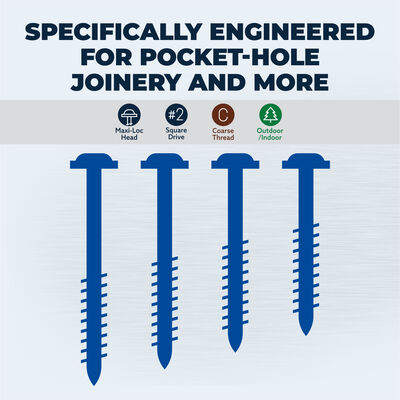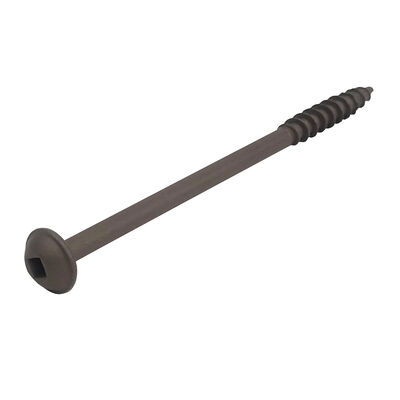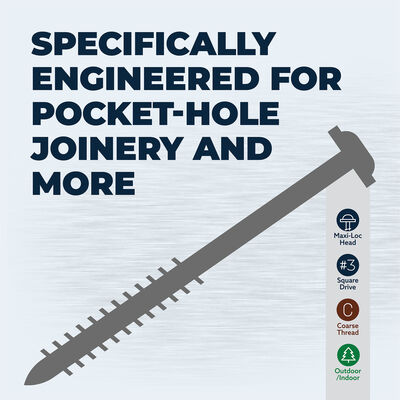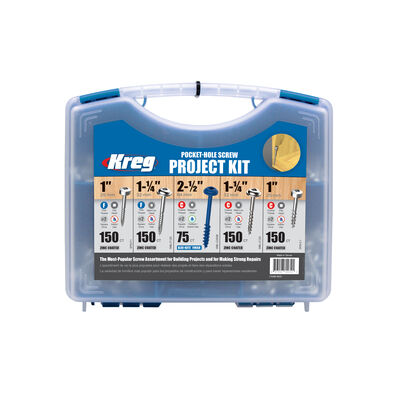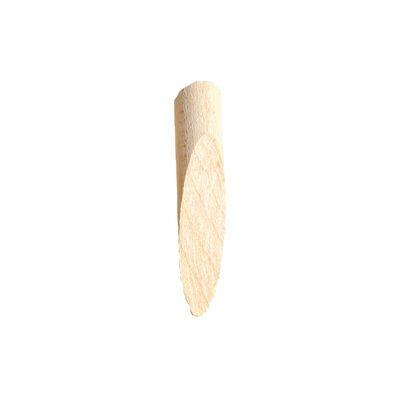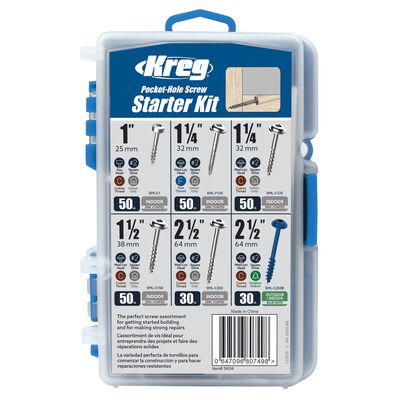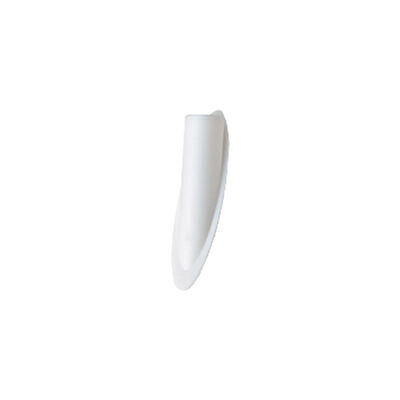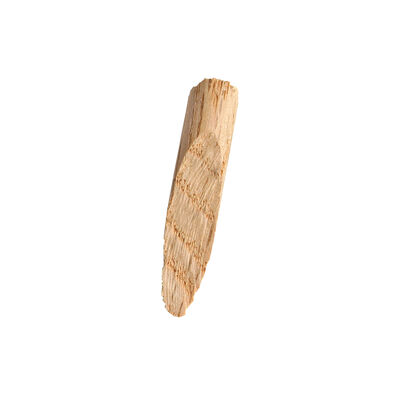Pocket-Hole Screws & Plugs
Pocket-Hole Screws & Plugs
We offer a wide selection of specialized screws and pocket-hole plugs. Whether its indoor or outdoor applications, hardwoods, or softwoods, we've got just the screw you're looking for. Then if you like, top off your Kreg pocket holes for a finished look with plugs in a variety of finishes and sizes.
What is a Pocket-Hole Screw?
When it comes to the game-changing strength provided by pocket holes, drilling the picket holes is only half the story. It's the uniquely engineered screws that hold your pieces together to create a strong, long-lasting joint.
Do You Need Special Screws For Pocket Holes?
With all the kinds of screws you can buy in home centers, you might ask yourself if you really need to use Kreg pocket-hole screws to build your projects. Why choose them vs. wood screws, drywall screws, or deck screws?
Can You Use Normal/Regular Screws in Pocket-Holes?
The short answer is yes. However, ordinary woodworking screws and drywall screws have a head with a conical shape on the underside. the head on a Kreg Pocket-Hole Screw is flat on the underside to mate perfectly with the flat bottom in a pocket hole. When you drive a Kreg Screw into the pocket hole, this flat shape applies force straight toward the screw tip, so it holds the joint together without deforming the pocket, which could split the wood. Kreg Pocket-Hole Screws also features a self-tapping trip that "drills" its own hole, so the screw drives in quickly and easily without splitting the wood - and without requiring a pilot hole in the mating workpiece.
How to Use Pocket-Hole Screws
Pocket-hole screws drive like regular screws, with a couple important differences. Ordinary woodworking screws and drywall screws have a head with a conical shape on the underside. The head on a Kreg pocket-hole screw is perfectly flat on the underside to mate perfectly with the flat bottom in a pocket hole. When you drive a Kreg screw into the pocket hole, this flat shape applies force straight toward the screw tip, so it holds the joint tightly together without deforming the pocket, which could split the wood.
Because Kreg pocket-hole screws also feature a self-tapping trip the "drills" its own hole, the screw drives in quickly and easily without splitting the wood - and without requiring a pilot hole in the mating workpiece.
Pocket-Hole Screw Guide
When it comes down to it, the answers to a few simple questions will determine the type of pocket-hole scews you'll want to use.
1. What Size Pocket-Hole Screw Should I Use?
The most important thing to consider is the thickness of the wood you're using. Check out the pocket-hole screw chart below to see which screw lengths match material thickness.
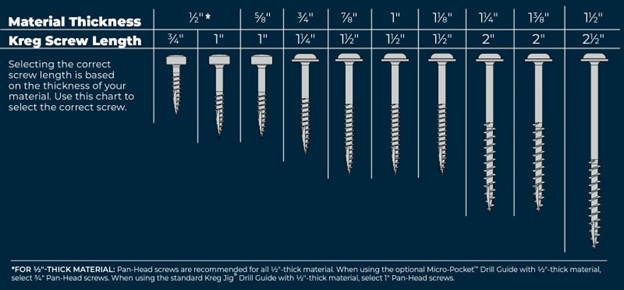
Also keep in mind that most wood you'll see in stores is cut to standardized dimensions, which means the listed size is larger than the actual size, as noted in the following chart. Make sure when selecting pocket-hole screws, you go by the actual thickness.
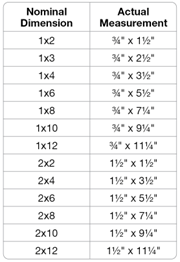
2. What kind of wood are you using?
The next question is: What kind of wood are you using to build your project? Softwood, hardwood, or plywood? This determines your thread type.
- Coarse-Thread screws are recommended for use with softwoods like cedar, pine, fir, etc. - as well as for sheet goods such as plywood and MDF - that are soft and not very dense.
- Fine-Thread screws are the preferred choice for hardwoods - like cherry, maple, and oak - that are hard and dense.
3. Where will your project live?
Next, think about where your project will be used - indoor or outdoors.
- Zinc screws are recommended for a wide variety of indoor projects where moisture is not a concern.
- Blue-Kote screws are the best choice for damp or wet applications and work with treated lumber.
- Stainless screws are designed for use in extreme environments that are exposed to moisture and corrosive elements.
What Type of Joints Do Pocket-Hole Screws Work In?
You can use Kreg pocket-hole screws in whatever application you're making pocket-holes. From mitered joints in 1/2" plywood to offset edge joints in 1/2 bords, we have the right screw for your project.
Pocket-Hole Screw Types
Kreg pocket-hole screws are available in several different types, each with unique qualities that optimize performance in specific applications. Once you understand these qualities, it's easy to choose the correct screw.
Head Type:
- Maxi-Loc screws are a great choice for the majority of applications.
- Use with standard drill guides in most project applications.
- Pan-Head screws are perfect for dense hardwoods and for 1/2" thick stock.
- Use with micro drill guides in specific project applications.
Use the Correct Pocket-Hole Screw
- When you're building projects with pocket-hole joints, it's important to choose the right screw. Pocket-hole screws come in multiple types and lengths that are optimized to ensure you get great strength and easy assembly. Just as importantly, Kreg screws are designed for pocket-hole joinery.
- There are several factors that determine which one is right for you, including the type of wood your are using, and its thickness. Check out this guide to choosing the right screw to learn more.

